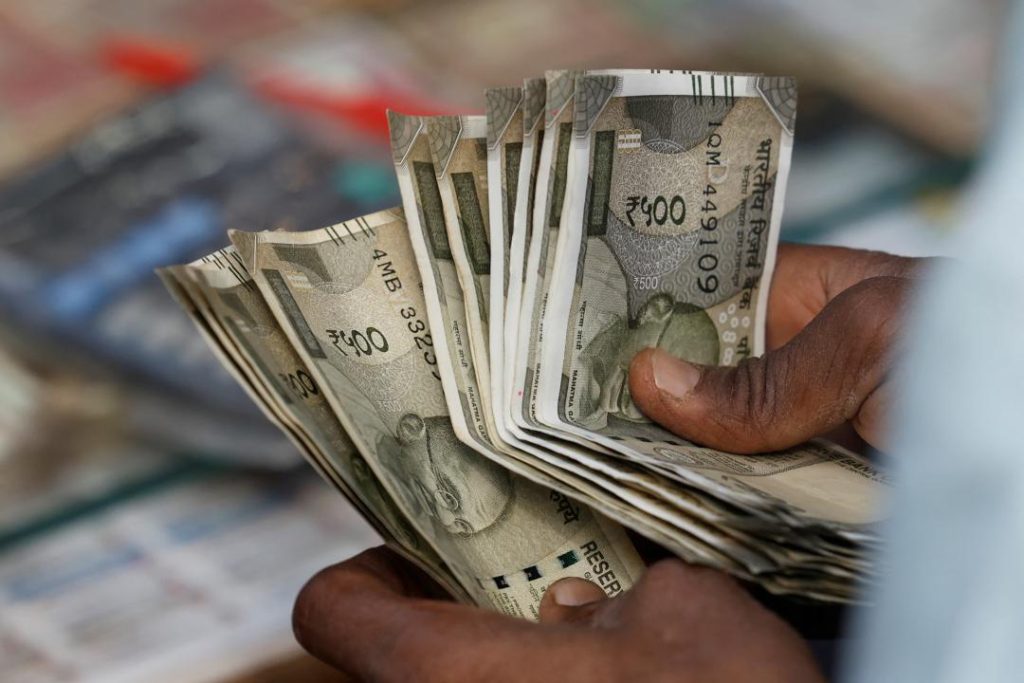
What got cheaper & costlier in March as CPI falls to 67-month-low of 3.34%?
India’s retail inflation, as measured by the Consumer Price Index (CPI), has been on a downward trend in recent months, and March was no exception. According to the latest data released by the Ministry of Statistics and Programme Implementation, CPI fell to a 67-month low of 3.34% in March, driven by significant declines in the prices of essential commodities such as eggs, vegetables, and pulses.
The data, which is based on a survey of prices of a basket of goods and services, shows that the prices of spices, meat, fish, housing, recreation, and amusement also saw marginal declines in March. However, fruit prices saw a sizeable jump, while prices of cereals, milk, oil, sugar, confectionery, clothing, snacks, sweets, pan, tobacco, footwear, fuel, and health and education saw marginal rises.
The decline in retail inflation is a welcome development for consumers, who have been grappling with high prices of essential commodities in recent years. The fall in prices of eggs, vegetables, and pulses, in particular, is likely to provide relief to households, especially those in rural areas where these commodities are staple items.
According to the data, the prices of eggs declined by 5.4% in March, while the prices of vegetables and pulses fell by 4.5% and 3.4%, respectively. The decline in prices of these commodities is likely to be attributed to a good harvest season and increased supply in the market.
The prices of spices, meat, fish, and housing, which are used as indices to measure the overall inflation rate, also saw marginal declines in March. The prices of spices fell by 0.4%, while the prices of meat, fish, and housing declined by 0.2%, 0.3%, and 0.1%, respectively.
However, the prices of fruit saw a sizeable jump of 4.1% in March, which is likely to be attributed to supply chain disruptions and transportation costs. The prices of cereals, milk, oil, sugar, confectionery, clothing, snacks, sweets, pan, tobacco, footwear, fuel, and health and education, on the other hand, saw marginal rises of 0.1%, 0.2%, 0.3%, 0.1%, 0.2%, 0.3%, 0.1%, 0.2%, 0.3%, 0.1%, and 0.2%, respectively.
The decline in retail inflation is likely to have a positive impact on the overall economy, as it will provide relief to consumers and boost their purchasing power. It will also help to reduce the burden on the economy, which has been grappling with high inflation rates in recent years.
In conclusion, the decline in retail inflation in March is a welcome development for consumers and the economy as a whole. The fall in prices of essential commodities such as eggs, vegetables, and pulses is likely to provide relief to households, especially those in rural areas. While the prices of fruit saw a sizeable jump, the overall trend in retail inflation is likely to be influenced by the decline in prices of other commodities.
Source:




